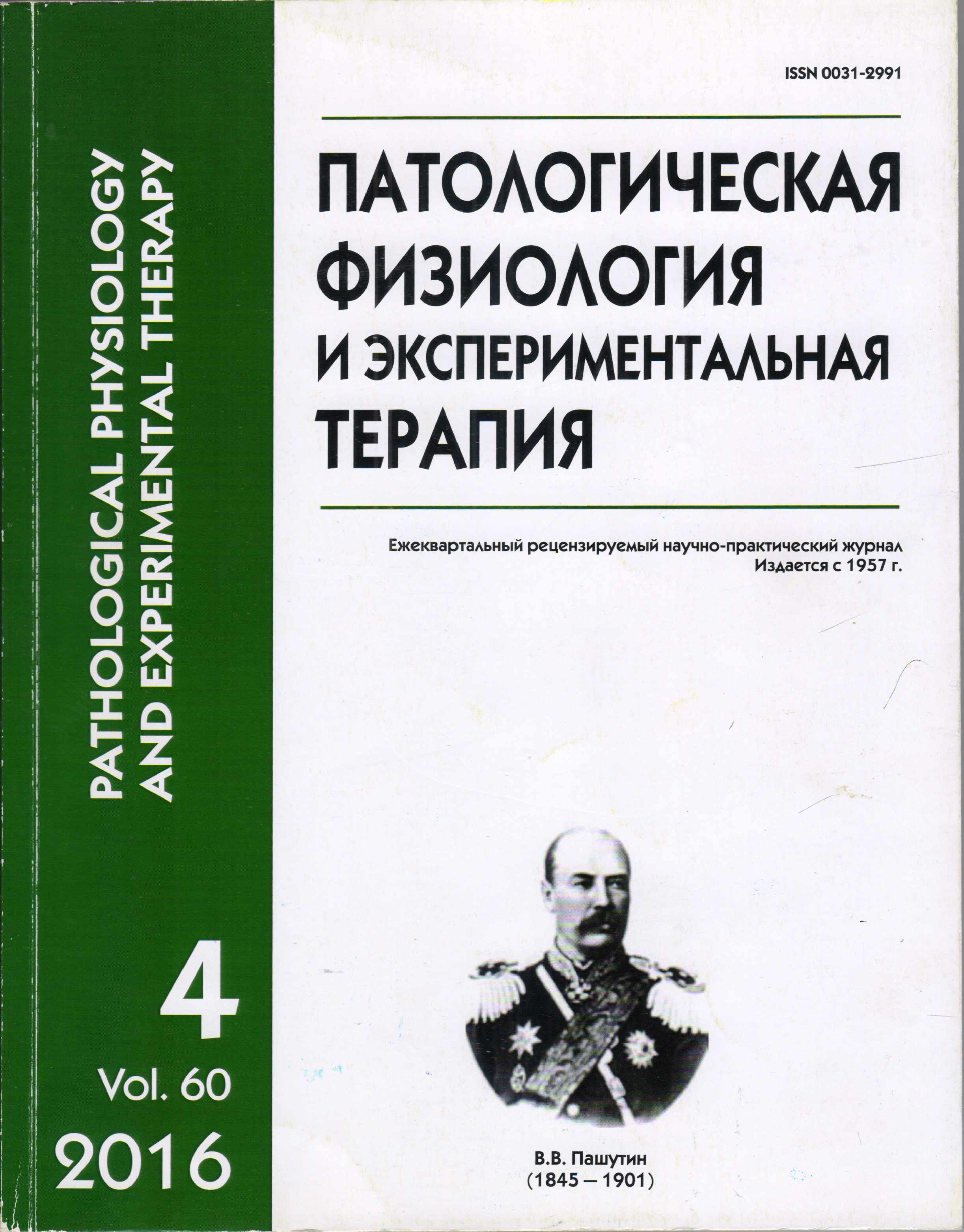Binuclear purkinje neurons
Abstract
Until the end of the XX century binuclear neurons of Purkinje in rodents and the humans were a subject of casual finds. However already then it was noticed that such cells are in old and sick mammals more often. It is therefore assumed that the appearance of the second nucleus has a regenerative value – compensation age-related or pathogenic loss of Purkinje cells. In 2003, in research on stem cell transplantation was made the first observations related to the mechanism of the appearance of the second nucleus in Purkinje neurons. The transgender studies in humans and in transgenic experiments on mice have shown that bone marrow derived donor cells can fuse with Purkinje neurons of the recipient, thus transfer to neuron its nucleus. It is very important that the binuclear neurons can appear in old and sick people and rodents without transplantation. But in that case neither the donor cell, nor the mechanism of origin of the second nucleus remain not clear. Relevance of clarification of this question increases of the fact that literature of the last years proves: emergence of the second nucleus is a form of physiological and reparative regeneration of neurons of Purkinje.






